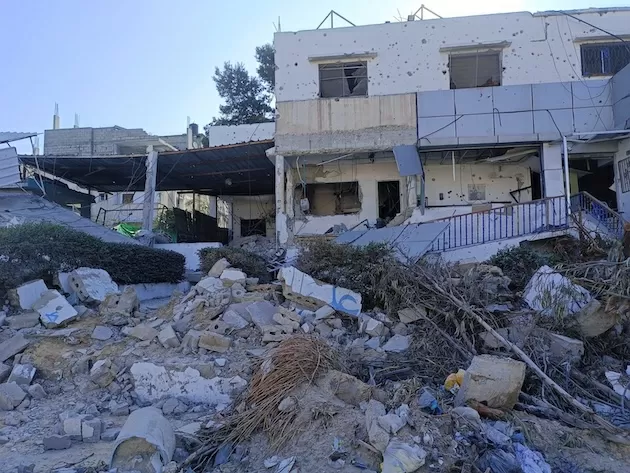With the recent conflict in Gaza, the destruction of hospitals and healthcare facilities has left the region in a dire state. The images of these once bustling and life-saving institutions reduced to rubble are heart-wrenching. However, with enough steel and concrete, these hospitals can be rebuilt. But the question remains, will reconstruction alone be enough to restore the Gaza healthcare system to its former glory?
The answer is no. While the physical structures can be rebuilt, the damage inflicted on the healthcare system goes far beyond the buildings. It is the loss of equipment, supplies, and most importantly, the skilled and dedicated healthcare workers that have left Gaza’s healthcare system decimated.
The Israeli military forces have not only targeted hospitals and healthcare facilities, but they have also attacked ambulances and medical personnel, making it difficult for them to reach those in need. This has not only resulted in the loss of innocent lives but has also severely hindered the ability of the healthcare system to function effectively.
The impact of this destruction on the people of Gaza cannot be overstated. The lack of access to proper medical care has resulted in preventable deaths and a rise in diseases and illnesses. The already struggling healthcare system is now facing an even more significant challenge in providing basic healthcare services to the population.
The situation is dire, but there is hope. The international community has stepped up to provide aid and support to rebuild the healthcare system in Gaza. Countries such as Turkey, Qatar, and Egypt have sent medical supplies and personnel to assist in the immediate aftermath of the conflict. Organizations like Doctors Without Borders and the Red Cross are also on the ground, providing much-needed medical assistance.
However, rebuilding the healthcare system in Gaza will require more than just physical aid. It will also require a long-term commitment to training and supporting local healthcare workers. These individuals have been working tirelessly to provide medical care to their community, even in the face of danger. They are the backbone of the healthcare system in Gaza and must be given the resources and support they need to continue their vital work.
Moreover, efforts must be made to address the underlying issues that have contributed to the decimation of the healthcare system in Gaza. The ongoing blockade and restrictions on the movement of people and goods have severely impacted the availability of medical supplies and equipment. These issues must be addressed to ensure the sustainability of the healthcare system in Gaza.
It is also essential to involve the local community in the reconstruction efforts. The people of Gaza have shown incredible resilience in the face of adversity, and their input and involvement in rebuilding their healthcare system will be crucial. This will not only provide a sense of ownership and empowerment but will also help to ensure that the healthcare system meets the needs of the community.
The destruction of hospitals and healthcare facilities in Gaza is a tragedy, but it also presents an opportunity to rebuild a stronger and more resilient healthcare system. With the support of the international community and a long-term commitment to addressing the underlying issues, Gaza’s healthcare system can be restored to its former glory.
In conclusion, while steel and concrete are necessary for the physical reconstruction of hospitals in Gaza, they are not enough to rebuild the entire healthcare system. It will require a comprehensive and coordinated effort from all stakeholders to ensure that the people of Gaza have access to quality healthcare. Let us work together to rebuild Gaza’s healthcare system and provide hope and healing to its people.



